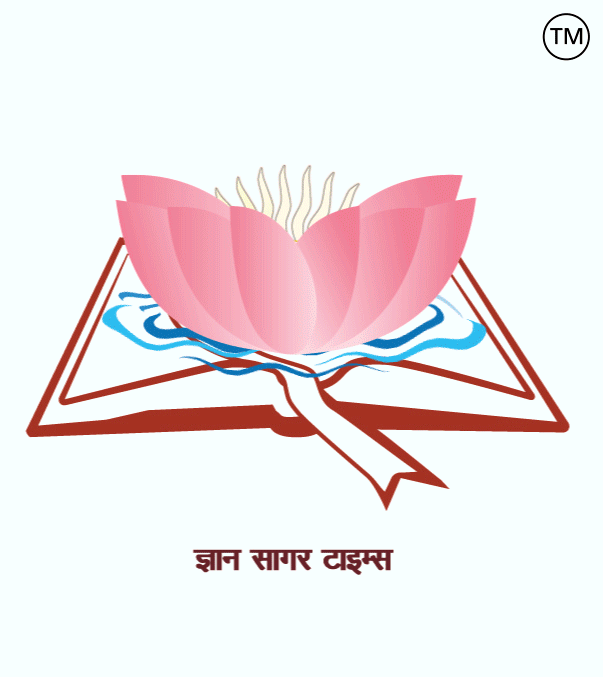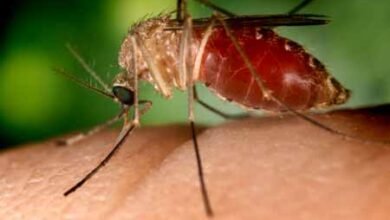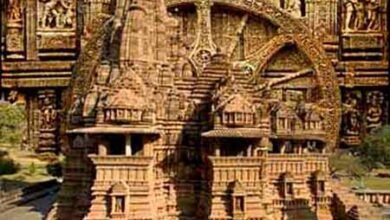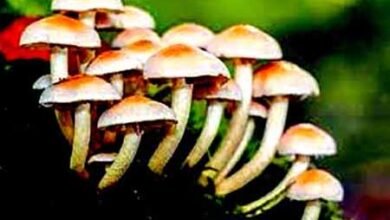
Related To Zoology-174.
|
1. Who discovered vitamins? = Funk. 2. How are Vitamins a substance? = Complex organic matter. 3. What is the main function of vitamins? = A small amount of these controls the metabolic activities of the body. 4. Which vitamins are soluble in water? = Vitamin B, C. 5. Which vitamins are fat soluble? = Vitamin A, D, E, K. 6. Which vitamin is synthesized by our body? = Vitamin D, K. 7. Deficiency of which leads to anaemia? = Folic acid and Vitamin B12. 8. Whose deficiency leads to goitre disease? = From iodine deficiency. 9. Which causes disturbance in metabolic processes when they are deformed? = Cerebral cortex. 10. What does carbohydrate mean? = Organic substances made up of 1: 2: 1 ratio of carbon, hydrogen and oxygen are called carbohydrates. 11. Which deficiency stops physical development? = Protein. 12. Which disease is caused by protein deficiency in children? = Kwashiorkor and marasmus disease. 13. What are the symptoms of Kwashiorkor disease? = Children’s hands and legs are lean and thin and the stomach turns outwards. 14. What are the symptoms of marasmus disease? = Children’s muscles become loose. 15. Whose deficiency prevents dry skin, weight loss and growth? = Vitamin and mineral deficiency. 16. What is the main function of fat? = Providing energy and protecting various body parts from injuries as well as fat helps the body absorb Vitamin A, D and E. 17. Where is the synthesis of body fat? = Adipose tissue and Cytosol. 18. What is the problem of excess body fat? = High blood pressure, unhealthy cholesterol levels and high-risk factors for heart disease. 19. Which enzyme is found in saliva? = Ptyalin / Amylase. 20. What is the pH value of saliva? = 6.2 to 7.6, average value – 6.7. 21. What is the nature of saliva? = Slightly Acidic. 22. The main function of the kidney is = Remove waste from the blood and return cleared blood back to the body. 23. Who discovered the blood group? = Karl Landsteiner. 24. What is the main function of WBC in the body? = Protection against infection of diseases. 25. What is the main function of RBC in the body? = Transport of oxygen to every cell. 26. What is the main function of WBC in the body? = Helps the body fight infection and other diseases. 27. Which performs the function of purification of blood? = Kidneys. 28. What is the main ingredient of the STH hormone (Somoto Tropic Hormone)? = Controls the growth of the body, especially the growth of bones. 29. Which disease is caused by human deficiency of STH hormone (Somoto Tropic Hormone)? = Dwarfism. 30. What is the main effect of Lactogenic Hormone? = Generating milk secretion in the breasts.
Dr. (Prof.) Amarendra Kumar. ========== ========= =========== जंतु विज्ञान से संबंधित-174. 1. विटामिन की खोज किसने किया था? = फंक. 2. विटामिंस कैसे पदार्थ होते हैं? = जटिल कार्बनिक पदार्थ. 3. विटामिन का मुख्य कार्य क्या है? = इनकी थोडी सी मात्रा शरीर की उपापचयी क्रियाओं को नियंत्रित करती है. 4. कौन- कौन से विटामिन जल में घुलनशील होते है? = विटामिन B, C. 5. कौन- कौन से विटामिन वसा में घुलनशील होते है? = विटामिन A, D, E, K. 6. कौन से विटामिन का संश्लेषण हमारे शरीर द्वारा होता है? = विटामिन D, K. 7. किसकी कमी से एनीमिया रोग हो जाता है? = फोलिक एसिड तथा विटामिन बी 12. 8. किसकी कमी से घेंघा रोग हो जाता है? = आयोडीन की कमी से. 9. किसके विकृत हो जाने पर उपापचयी प्रक्रमों में गड़बड़ी उत्पन्न हो जाती है? = सेरेब्रल कोर्टेक्स. 10. कार्बोहाइड्रेट का अर्थ होता है? = कार्बन, हाइड्रोजन एवं आक्सीजन के 1:2:1 के अनुपात से मिलकर बने कार्बनिक पदार्थ कार्बोहाइड्रेट कहलाते हैं. 11. किसकी कमी से शारीरिक विकास रूक जाता है? = प्रोटीन. 12. बच्चों में प्रोटीन की कमी से कौन- सा रोग उत्पन्न होता है? = क्वाशियोर्कर एवं मरस्मस रोग. 13. क्वाशियोर्कर रोग के लक्षण क्या है? = बच्चों का हाथ–पांव दुबला–पतला और पेट बाहर की ओर निकल जाता है. 14. मरस्मस रोग के लक्षण क्या है? = बच्चों की मांसपेशियां ढीली हो जाती हैं. 15. किसकी कमी से शरीर की त्वचा रूखी, वजन में कमी और विकास रूक जाता है? = विटामिन या खनिज लवण की कमी. 16. वसा का मुख्य कार्य क्या है? = ऊर्जा प्रदान करना और शरीर के विभिन्न अंगों को चोटों से बचाना साथ-साथ वसा विटामिन ए, डी तथा ई को सोखने में मदद करता है. 17. शरीर मे वसा का संश्लेषण कहाँ होता है? = एडिपोज टिश्यू तथा साइटोसोल (कोशिका द्रव्य). 18. वसा की अधिकता से शरीर में क्या परेशानी होती है? = स्थूलपन, उच्च रक्तचाप, अस्वस्थ कोलेस्ट्रॉल लेवल तथा ह्रदय रोग की संभावना. 19. लार में कौन-सा एंजाइम पाया जाता है? = टायलिन / एमिलेज. 20. लार का pH मान क्या होता है? = 6.2 से 7.6, एवरेज मान 6.7. 21. लार की प्रकृति क्या होती है? = थोड़ा अम्लीय. 22. वृक्क का मुख्य कार्य होता है? = उत्सर्जन करना तथा रक्त को साफ करना. 23. रक्त समूह की खोज किसने की थी? = लैंड स्टीनर. 24. शरीर में WBC का मुख्य कार्य क्या होता है? = रोगों के संक्रमण से बचाना. 25. शरीर में RBC का मुख्य कार्य क्या होता है? = हर कोशिका मे आक्सीजन को पहुंचाना. 26. शरीर में WBC का मुख्य कार्य क्या होता है? = शरीर में संक्रमण के विरुद्ध लड़ना तथा बीमारियों से बचाना. 27. रक्त के शुद्धिकरण का कार्य कौन करता है? = किडनी / वृक्क. 28. STH हार्मोन (Somoto Tropic Hormone) का मुख्य क्या होता है? = शरीर की वृद्धि, विशेषतया हड्डियों की वृद्धि को नियंत्रित करता है. 29. STH हार्मोन (Somoto Tropic Hormone) की कमी से मनुष्य को कौन सा रोग होता है? = बौनापन. 30. LHT हार्मोन (Lactogenic Hormone) का मुख्य क्या होता है? = स्तनों मे दुग्ध स्राव उत्पन्न करना.
Dr. (Prof.) Amarendra Kumar.
|






